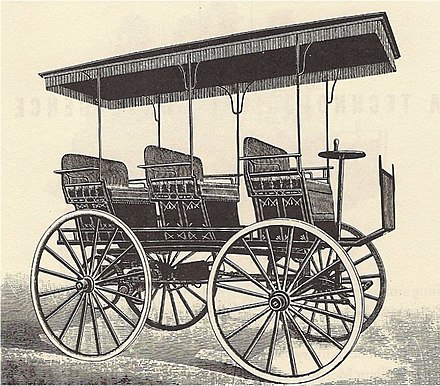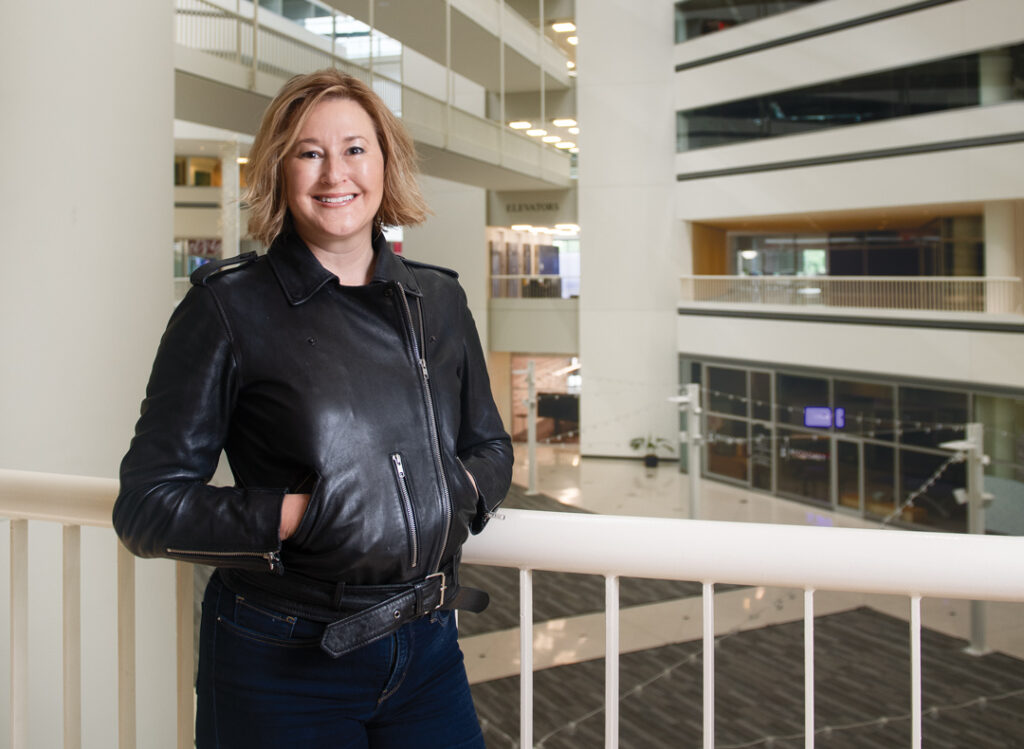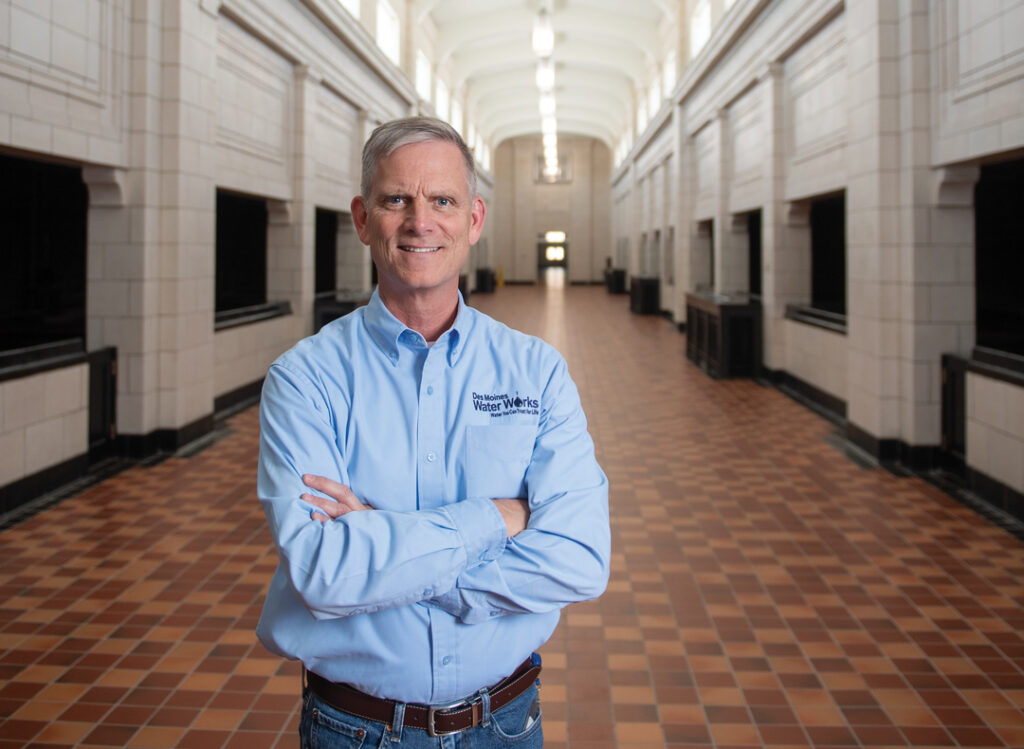The Elbert Files: The first electric car

DAVE ELBERT Mar 24, 2021 | 1:38 pm
3 min read time
630 wordsBusiness Record Insider, Opinion, The Elbert Files
William Morrison, creator of the first practical electric car in 1890, may be Des Moines’ most underappreciated inventor.
His battery technology work was widely heralded at the time, and the dozen electric cars he designed were highly prized.
But Morrison’s accomplishments were largely forgotten when gasoline-powered vehicles consigned his electric carriage to a footnote of history.

Morrison first appeared in Wikipedia, the publicly edited online encyclopedia, a year ago, and the entry for him is now 11 pages, including six pages of footnotes and sources.
Born in 1855 in Scotland, Morrison was “educated in a Scottish University and became interested in electricity at an early age,” according to a 1963 article in the “Annals of Iowa,” one of the many cited by Wikipedia.
He emigrated to the United States in 1880 and arrived in Des Moines after spending time in other locations, including Parsons, Kan., where he worked as “an excellent watchmaker and a man somewhat peculiar on account of his individuality,” according to an 1893 newspaper article.
In Des Moines, Morrison was described as “a quiet, mysterious man who didn’t eat meat – only nuts, vegetables, fruits and puddings. He was a tall, dark haired, husky man and was always clean shaven. … He was quiet, eccentric and even a little pompous at times,” wrote Keith McClellan, author of the 1963 “Annals of Iowa” article.
Morrison was “an electric battery genius” at a time when “electrical energy was a fresh and booming field,” McClellan wrote, noting that electric lights were first used in Des Moines in the mid-1880s and that in 1888 “the city’s electric railway system went into service.”
Electric motors similar to the one Morrison used to propel his carriage were already being used in streetcars, and the motor he used was a version of the streetcar motor.
The Scotsman’s contribution was the portable supply of electrical energy he created, although he also devised innovative gearing and steering mechanisms.
Morrison was awarded many patents – one article lists 88 – mostly for work on storage batteries.
Those patents, which he sold, were the source of considerable wealth. And while Morrison was exceedingly proud of having invented the first electric car, he made it clear that batteries, not the car, were his focus.
Morrison’s first prototype electric vehicle was put together in 1887 with the help of Dr. Lew Arntz, who was identified in a 1919 Des Moines Register article as a ”watch repairman and expert mechanic.”
Their first vehicle had several problems, including poor steering.
By 1890, a second iteration included revisions to its electric motor, gear train, batteries and steering.
That vehicle debuted on Des Moines streets during the city’s 1890 Semi Om Sed parade, which featured, for the first time, floats bedecked with electric lights powered by batteries.
The parade’s goal was to outshine New Orleans’ Mardi Gras, and the 75,000 to 100,000 people who turned out were not disappointed. A main focus was “the novel sight of seeing a horseless carriage,” McClellan wrote.
Morrison’s three-seat vehicle was powered by 24 storage battery cells placed under the first row of seats. The cells weighed a total of 768 pounds and powered a four-horsepower modified trolley motor connected to the rear wheels. A foot lever controlled three speeds by switching various combinations of cells on and off.
Morrison said the vehicle could carry up to 12 passengers at speeds up to 20 mph and travel up to 50 miles before the batteries required recharging.










